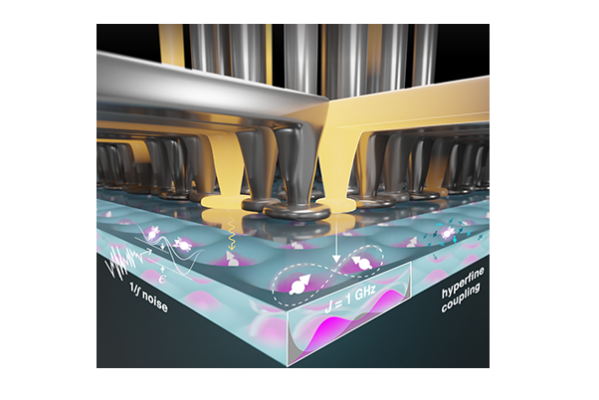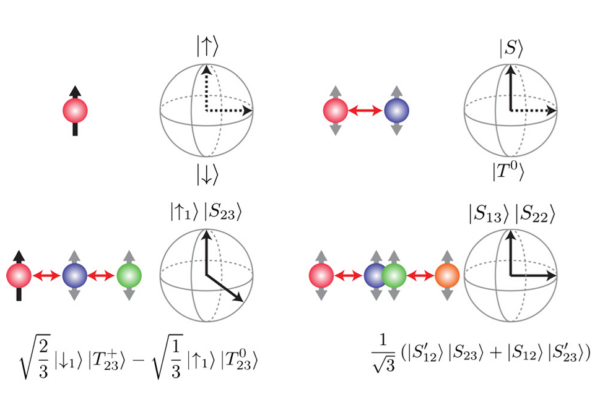
Research
Individual electron spins in solid state systems can retain their quantum phase coherence for long times, making them attractive qubits. In fact, single spins can be manipulated with gate fidelities far exceeding the threshold for quantum error correction. The research in our group seeks to understand how best to operate electrons as qubits, investigate the noise processes that affect these qubits, transfer information between them, and explore how heat and energy flow in these devices.
Check out the following review articles that summarize some of our research themes:


